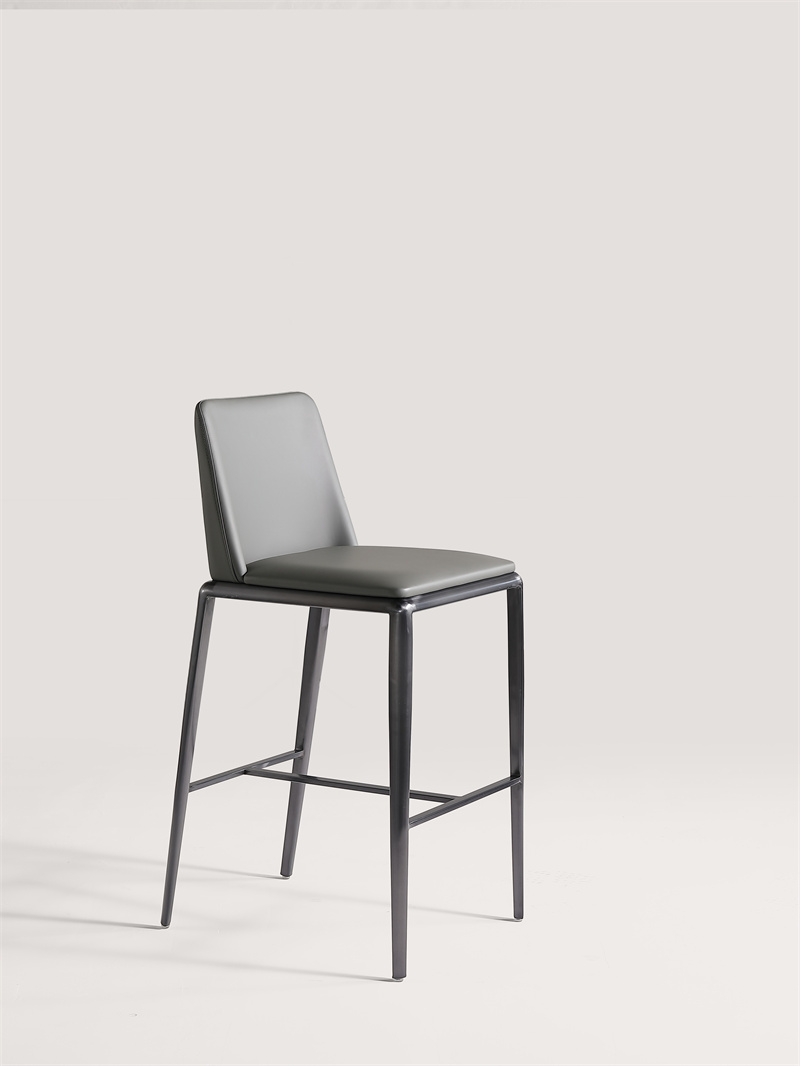The dining room is more than just a place to eat; it serves as a central hub for family gatherings, celebrations, and social interactions. As such, the choice of furniture—particularly dining room tables and bar stools—plays a crucial role in defining the functionality and aesthetic appeal of this space. This article explores the synergy between dining room tables and bar stools, highlighting how they can be combined to enhance both style and utility.
The Importance of Choosing the Right Dining Room Table
Functionality in Design
When selecting a dining room table, functionality should be the foremost consideration. The table must accommodate the number of diners you expect while fitting comfortably within the space available. Here are some key aspects to consider:
Size: Ensure that the table provides enough space for diners to sit comfortably without feeling cramped. A general rule is to allow at least 24 inches of space per person.
Shape: Tables come in various shapes—rectangular, round, square, and oval. Each shape offers different benefits:
- Rectangular tables are ideal for larger gatherings.
- Round tables promote conversation and intimacy.
- Square tables can fit well in smaller spaces.
- Oval tables offer a blend of the benefits of round and rectangular shapes.
Material Choices
The material of the dining table significantly impacts both its durability and aesthetic. Common materials include:
-
Wood: Offers warmth and can be finished in various stains or paints.
-
Glass: Creates an illusion of space but may require more maintenance.
-
Metal: Provides a modern look and can be very durable.

Bar Stools: The Perfect Complement
Height Matters
Bar stools are typically taller than standard dining chairs, making them suitable for counter-height or bar-height tables. When choosing bar stools, consider:
Height Compatibility: Ensure that the stools match the height of your table or counter. Standard bar height is around 30 inches, while counter height is about 24 inches.
Seat Comfort: Look for stools with adequate padding and back support for prolonged use.
Style Integration
Bar stools can serve as a stylish accent in your dining area. Here’s how to ensure they complement your dining table:
Material Matching: If your table is wooden, consider wooden or upholstered stools that harmonize with the table's finish.
Color Coordination: Use color to create visual interest. For example, if your table is dark wood, lighter-colored stools can provide a striking contrast.
8626.jpg)
Trends in Dining Room Design
Curved Lines and Organic Shapes
In recent years, there has been a noticeable shift towards curved lines and organic shapes in furniture design. This trend enhances comfort while adding a modern touch to traditional dining spaces. Curved tables and chairs can soften the overall look of the room and create an inviting atmosphere.
Mixing Textures
Combining different textures can add depth to your dining area. For instance, pairing a sleek glass table with upholstered bar stools creates an interesting contrast that elevates the design.
Creating Cohesion Between Dining Room Tables and Bar Stools
Matching vs. Complementing
While matching sets can create a uniform look, mixing styles can lead to a more personalized aesthetic. Here are some tips for achieving cohesion:
Use Complementary Colors: Choose colors that enhance each other without being identical.
Incorporate Similar Materials: If your table features metal accents, consider bar stools that incorporate similar materials or finishes.
.jpg)
Design Elements to Consider
Incorporating various design elements can tie together your dining area:
Lighting: Pendant lights or chandeliers above the dining table can create an inviting focal point.
Rugs: A well-chosen rug can define the dining space and add warmth underfoot.
Conclusion
Combining functionality with style in dining areas requires thoughtful consideration of both dining room tables and bar stools. By focusing on size, shape, material, and design trends, homeowners can create inviting spaces that cater to their needs while also reflecting their personal style. Whether opting for matching pieces or mixing styles for an eclectic feel, the right combination will enhance both the functionality and aesthetics of any dining area.





0723.jpg)